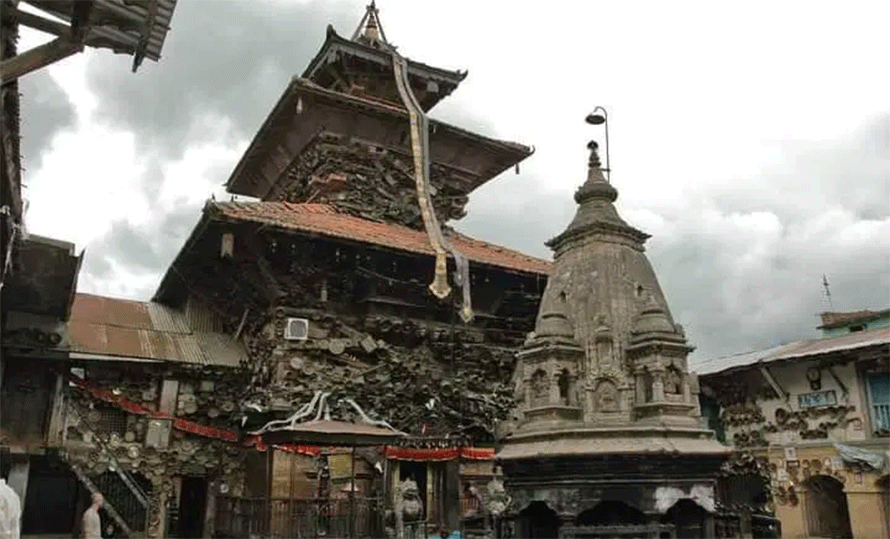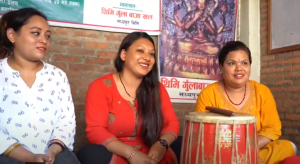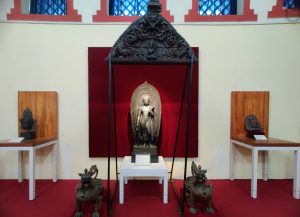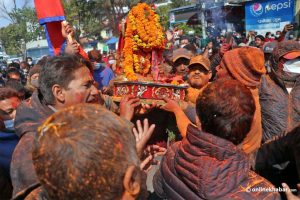Everyone is aware of why do people visit temples and pray. Of course, it is to wish for well-being. Going to temples for good wishes such as long life is normal. But, there is such a temple in Kathmandu, where a yearly fast is observed by men and women to decide the future of their relationship. They can either break the old relationship or start the new one here!
After observing a rigorous fast at the Anandadi Lokeshwar temple in Chobhar of Kathmandu, a devotee can decide to have a new partner at this temple itself. Not just for making or breaking the relationships, but the devotees also visit here with the belief of having cure for their uncurable diseases.
The one-storeyed temple that holds its own ancient value is known as the oldest temple of Kathmandu established by Manjushree. It is all decorated with ancient metal plates made of copper and brass. The decoration of plates has its own story to tell.
But, the story now is of the fast that you make to decide the future of your relationship. Currently, the fast is underway.
Hard fast paying off
Before the 2015 earthquake, a girl with Dangol surname of Chobhar got married with a boy from Sunakothi, during this fast.
Their marriage was so much so surprising for their own family members that two people from the different areas, who barely knew each other, ended up marrying here at the temple. It is said that their marriage was the result of the fast observed by that girl, whose ritual got completed at the end of the fasting by a boy, and, hence, they got bound in the new relationship.
The rituals and fasting are not so easy as heard. It is actually very difficult to follow the rituals for both men and women, having their own restrictions and limitations.
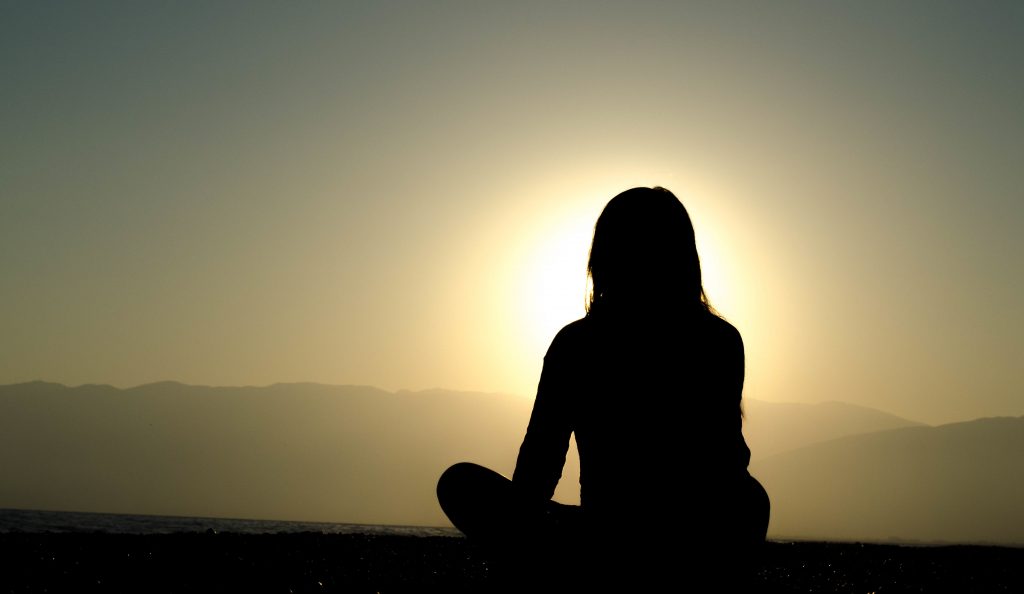
There are various rules set for the month-long fast from Kartik Purnima to Mangsir Purnima (full moon to full moon). The last five days of the fast (called ‘Nirjala Brata’) are even harder as you cannot drink even a drop of water.
Although both men and women are allowed to observe the fast, most of the devotees participating in this event are women. At the end of the fast, if the husband of the married woman observing the fast does not go there to complete the rituals, it is said, the woman can choose her new partner there and then. Therefore, women looking for opportunities to break the marital ties join the fast without the knowledge and consent of the husbands, it is said. In such a case, a ‘divorce’ does not need any formal procedure.
Likewise, Saroj Shakya, the priest here informs, if any man wants to start a new relationship, he can come here with globe amaranth flowers and citron fruits and find a partner for him when the women here await men to complete the rituals.
Month-long ritual cut short into five days
It is said that the fasting was rigorously performed and followed here for one long month without water in the past. But, since it turned difficult for everyone, the rituals have been now reduced to five days only.
Here are some of the other rules to be followed with the strictness during fasting:
- One cannot go outside the temple for five days.
- One cannot eat anything except the water given by the priest.
- One cannot touch birds or animals during the fasting period.
- Cleaning the house, consuming the meat, or giving money to the poor are stricly prohibited at the home of the devotees during the fasting period.
Since everything is quite difficult to follow for a month, it may have been reduced to days. This fast is also called Maaya Apsa in Newari.
Other important rituals
The first day of the ritual starts with fasting without water. On this day, the devotees also visit the nearby Jalabinayak temple and take a bath in a pond there.

On the second day, taking bath alongside the pond near Bagmati and Nakkhu is mandatory. The devotees are, however, allowed to go out also. On the third day, visiting Sulakshana tirtha for the same process continues.
On the final day (Purnima), devotees take a bath in a pond near the temple and make their way home after completing all the rituals the next day. The fasting ends on Purnima, but the devotees complete the rituals the next day. Couples who have observed this fast have to come again next year and stay overnight for the completion of rituals.
Hope of curing disease
This god is believed to be worshipped for the good health of devotees. This is one among the four Lokeshwar temples in and around the Kathmandu valley. Other three are Aaryawarta Dilokeshwar of Bungamati, Padhmapaani Lokeshwar of Janabahal, and Shristikanta Lokeshwar of Banepa, having their own religious values. Whereas Anandadi Lokeshwar is worshipped for good health and curing the disease, the other three forms of the god are worshipped for food, longer and healthier life, respectively.



